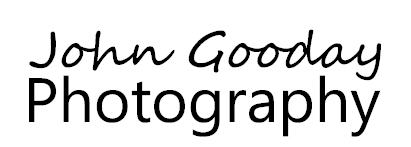Many people shy away from making back-lit images (where the subject is between the camera and the light source) but it isn't as difficult as many people think, and can produce eye-catching results.
Little Egret back-lit in late afternoon sunlight.
Canon EOS 5D Mark III, EF300mm f/2.8L IS + 1.4x III, 1/2000 sec @ f/5, ISO 1250, tripod, hide
Back-lighting can seem daunting at first. It's all to easy to end up with a photo that's not quite a silhouette, but is still too dark to make out the subject clearly against a bright background. Wedding photographers have been dealing with just this sort of lighting situation for years when photographing bridal parties on sunny days. They don't want their subjects to face the sun as that would make them squint so and they usually fix the problem by using a flashgun, or a reflector, to illuminate the dark front of the happy couple. Sadly, flashguns aren't always practical with wildlife which may be too far away for the flash to make much difference. It's also not very practical to wave a big reflector around to bounce sunlight back to the subject as that rather negates all the trouble you've gone to to conceal yourself from the animal.
However, there is one large natural reflector that you can use: a body of water. Water has the happy habit of reflecting light very well and by photographing animals on the edge of lakes, some natural light will bounce back onto your subject and help illuminate the side facing you. This also has the advantage that it's the same kind of light (the same colour temperature) as all the other light in the picture, so you don't have to worry about using gel filters on flashes to try and match their contribution with the ambient light.
This technique works best with large bodies of water (a puddle won't make much difference to a back-lit swan). It's often best to use spot-meter mode to set exposure for the subject. I often dial in a bit of negative exposure compensation to slightly darken the subject to emphasis the rim of light on the feathers or fur at the subjects edge. Keep the highlight warning set on your cameras playback to make it easier to see if you've overexposed the image (a few spots of pure white around the edge of the subject are usually fine). Dark backgrounds usually work best (the brighter the sunlight, the darker the background that you need for this to be effective - a light background will usually burn out when you set exposure for the subject in midday sun.) It's a good idea to keep the sun itself out of your image, unless you want a lot of lens flare. And speaking of lens flare, if you want to avoid it then it's best to use a lens hood and to make sure that your lens and any filters you are using are clean and free from dust. Depending on the angle of the sun, you can get some nice internal lens patterns (the roundish shapes in the water in the image above).
It's easiest to back-light effectively when the sun isn't at it's brightest, so shooting early in the morning and late in the afternoon is a good way to get started. You don't have to use water as the only reflector - with winter coming up, don't forget that other great natural reflector when shooting back-lit images: snow.


